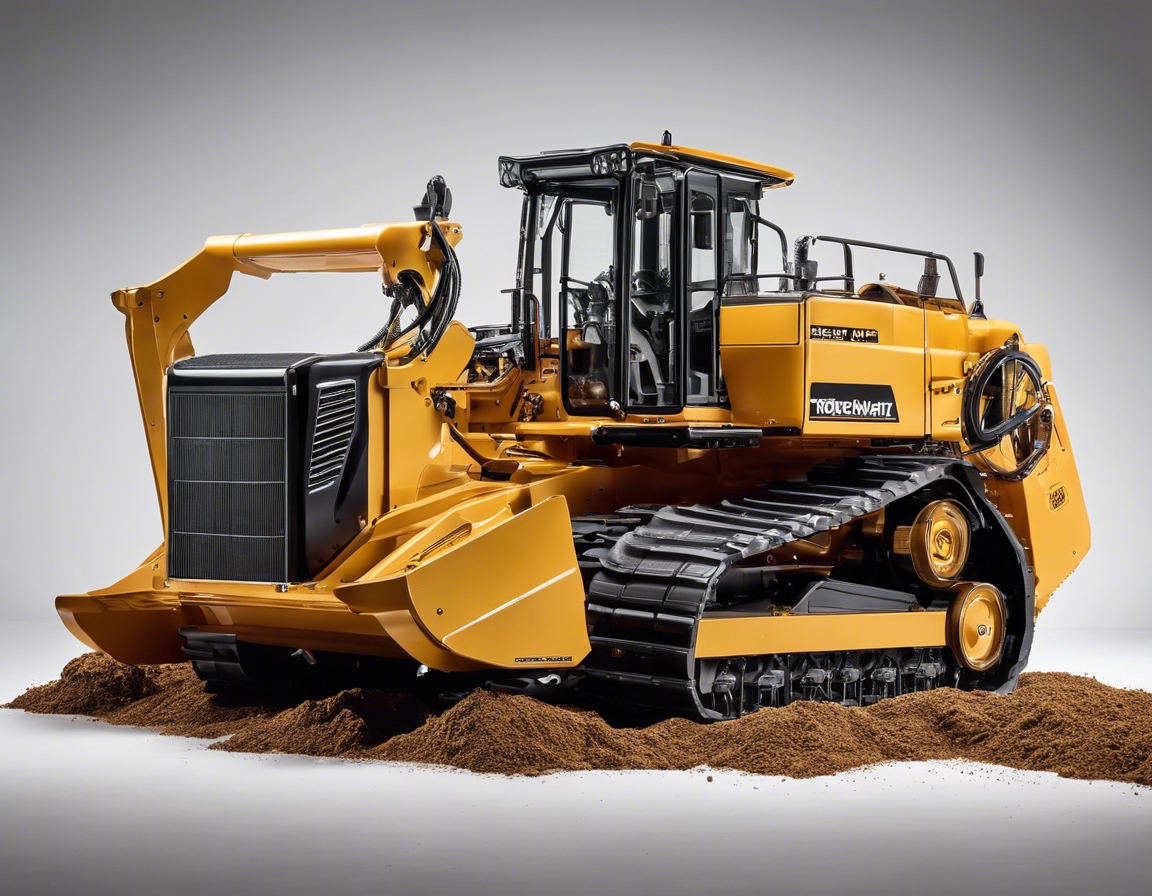5 essential excavation techniques for modern construction
Excavation is a foundational part of modern construction, involving the removal of soil, rock, and other materials to form a cavity or hole on a construction site. It is a critical step that must be executed with precision and care to ensure the stability of the structure and the safety of the construction environment.
1. Trenching
Trenching is a common excavation technique used to install underground utilities, such as water, gas, and sewer lines. It involves digging a narrow excavation that is deeper than it is wide.
Due to the potential hazards associated with trenching, such as cave-ins, it is imperative to implement safety measures like sloping, shoring, and the use of trench boxes.
2. Land Clearing and Grubbing
Before excavation can begin, land clearing and grubbing must take place to remove vegetation, debris, and any other obstructions. This process is essential for providing a clean and safe working area.
Environmental responsibility is a key concern during land clearing. It involves minimizing the impact on the ecosystem and adhering to regulations that protect wildlife and natural resources.
3. Bulk Excavation
Bulk excavation is used for large-scale removal of soil and rock, often in preparation for the construction of foundations and embankments. Techniques include the use of heavy machinery like excavators and bulldozers.
Proper management of excavated materials is crucial to maintain site organization and environmental compliance. This includes sorting, recycling, or disposing of materials according to local regulations.
4. Rock Excavation
Rock excavation is a challenging process that may require specialized techniques such as drilling, blasting, or the use of hydraulic breakers to remove hard rock formations.
Due to the toughness of rock, heavy-duty equipment is necessary. This includes rock saws, hammers, and ripper attachments for excavators.
5. Muck Excavation
Muck excavation involves the removal of water-saturated soil, which can be unstable and difficult to handle. It requires careful planning and the use of appropriate techniques to ensure site stability.
Strategies for muck excavation include dewatering, stabilization with chemical additives, and the use of specialized equipment like long-reach excavators and swamp mats.






Comments (0)